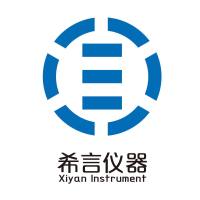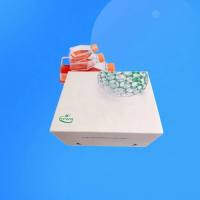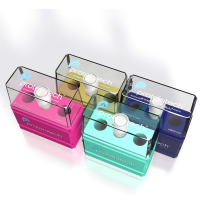Adenoviruses carry their DNA genome into postmitotic nuclei of a variety of human cells, either within an organism (in vivo) or outside an organism in culture (ex vivo) (1 ). Recombinant adenoviruses are developed m many laboratories as gene-delivery vehicles to treat hereditary and acquired human disorders of somatic cells (2 ,3 ). Diseased lungs of cystic fibrosis patients have been pioneered for treatment with recombinant adenovirus vectors (4 ) Preliminary results are promising, but demonstrate that the disease has not yet been cured by the emerging gene transfer technology (5 ). One reason for limited success was that the transgenes were not expressed adequately in the diseased tissues, either because of low efficiency of virus delivery to the target cell or inefficient DNA import into the nucleus. In this chapter, we describe a quantitative method to determine transport of fluorescently labeled wild-type adenovirus 2 to the nucleus of a model cell line, HeLa cells. This protocol should be directly applicable to recombinant adenoviruses in a variety of cell lines, including peripheral blood cells, fibroblasts, polarized epithelial cells, and differentiated neurons.






